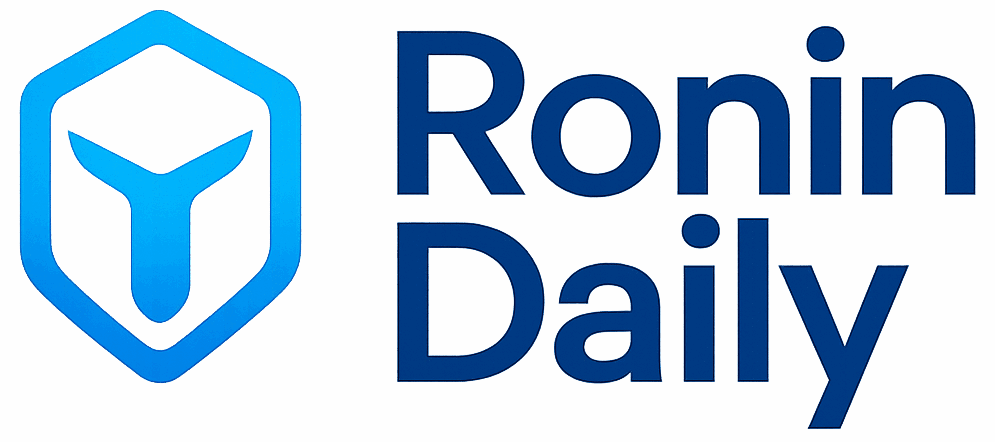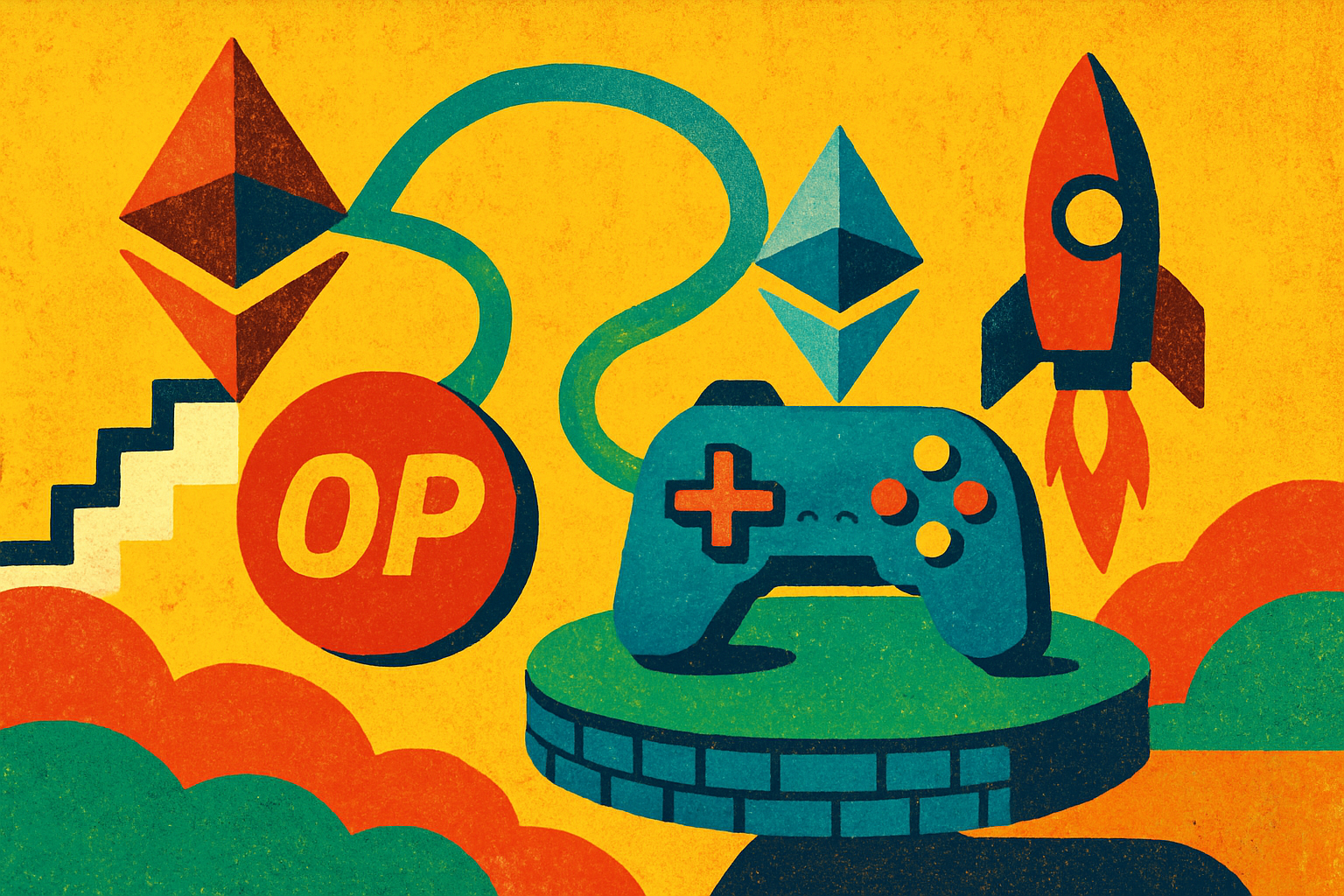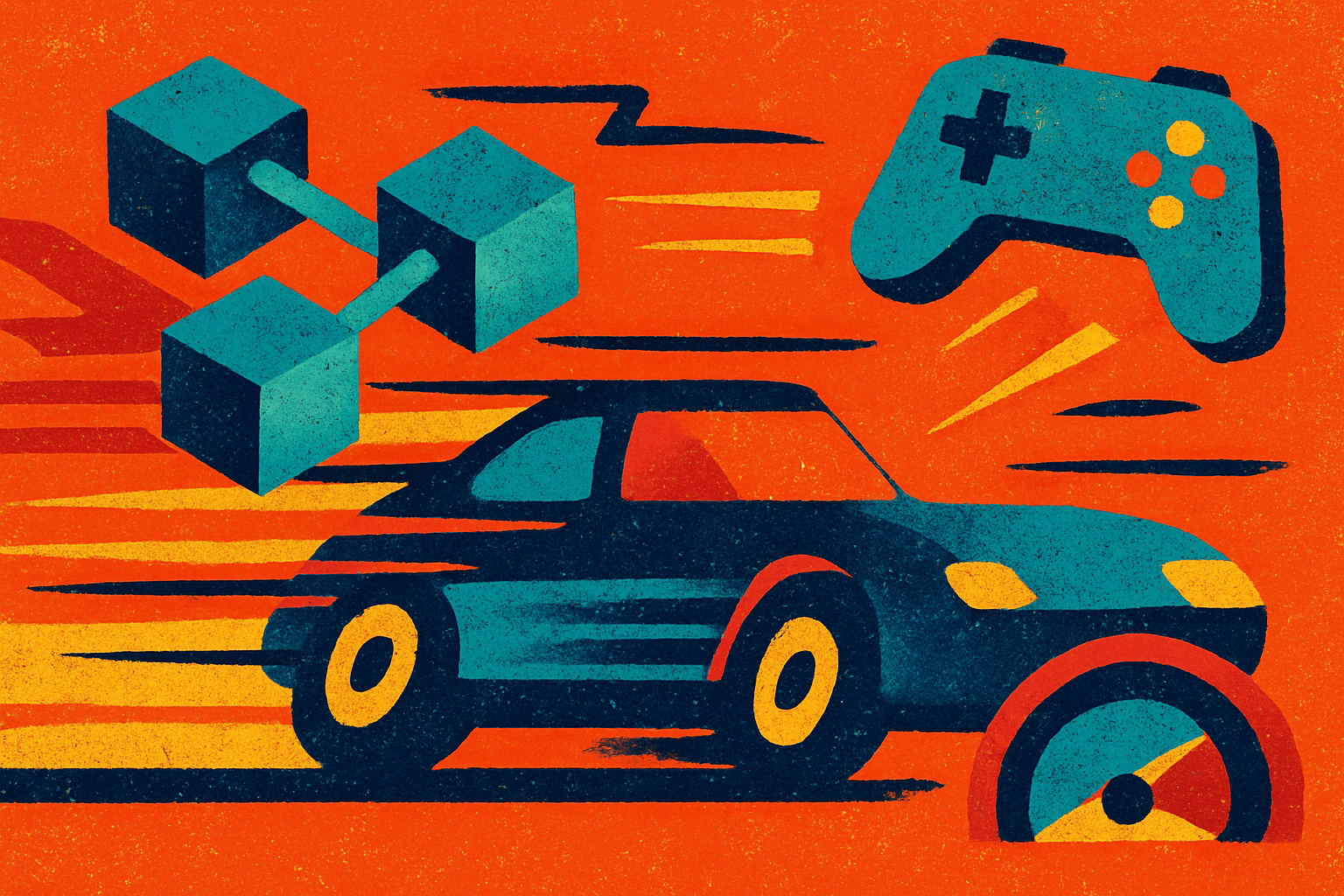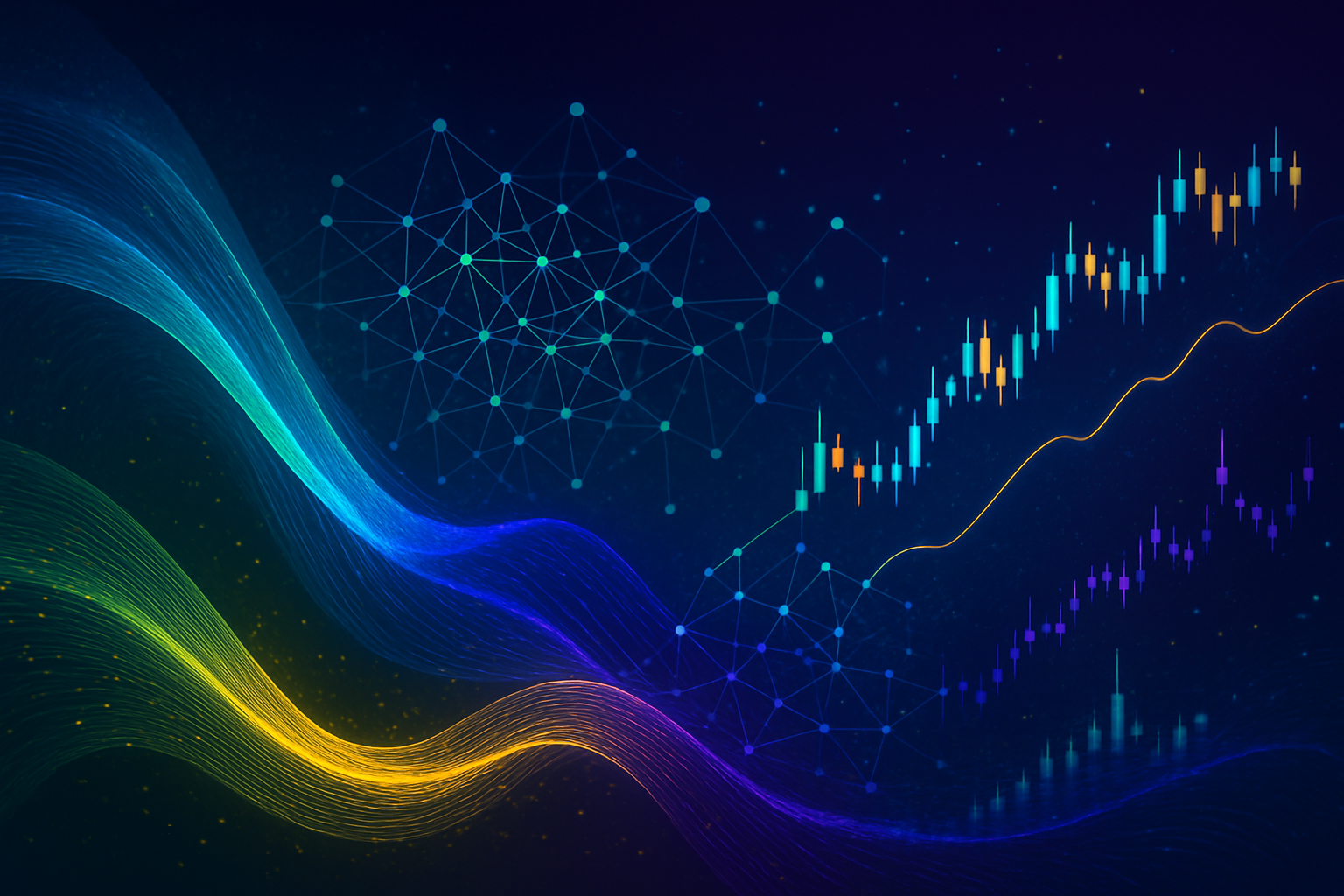
In 2025, the Ronin Network is rewriting the rules of blockchain scalability. Once a standalone sidechain built to power Axie Infinity, Ronin has now embarked on a transformative journey: migrating to an Ethereum Layer 2 (L2) by adopting Optimism’s OP Stack. This strategic shift is not just another technical upgrade – it’s a bold leap into the future of high-throughput, low-cost, and secure Web3 infrastructure. For developers, investors, and anyone tracking blockchain transaction speed in 2025, this is a pivotal moment.
Ronin Network’s OP Stack: The Engine Behind Next-Level Scalability
Ronin’s move to the OP Stack marks an inflection point for Layer 2 scalability. By leveraging Optimism’s modular architecture and integrating EigenDA for data availability, Ronin aims to process up to 1 million transactions per second. Compare that to its previous throughput – this represents a staggering 15x increase in raw transaction capacity. Block times are now clocking in at 100,200 milliseconds, putting Ronin among the fastest settlement layers in Web3.
This isn’t just about speed. The OP Stack enables capital efficiency through features like Boundless, allowing developers and projects to optimize gas costs at scale. Combined with EigenDA’s robust data layer, Ronin can support everything from massive NFT drops to real-time DeFi actions without bottlenecks or security trade-offs.
The implications are clear: Ronin isn’t just keeping pace with Ethereum’s scaling roadmap – it’s setting new standards for L2 performance. As the network aligns itself with Ethereum’s Superchain vision, interoperability between L2s becomes seamless, opening doors for cross-chain composability and liquidity flows previously unimaginable.
Why Developers Are Flocking to Ronin Layer 2
The technical leap forward has not gone unnoticed by the developer community. With sub-second finality and cost-efficient transactions, building on Ronin Layer 2 means unlocking user experiences that rival traditional gaming platforms – but with all the benefits of decentralized ownership.
- Scalable Gaming: Millions of concurrent players can interact on-chain without lag or prohibitive fees.
- NFT Minting at Scale: High-volume minting events no longer risk network congestion or exorbitant gas prices.
- DeFi Synergies: Fast settlement unlocks complex DeFi primitives like flash loans and real-time yield strategies within games.
This migration is more than a technical upgrade; it’s a paradigm shift that positions Ronin as a premier destination for next-gen Web3 applications.
Read more on what Ethereum L2 means for Web3 gaming developers.
Current Market Data: RON Price Holds Steady Amidst Upgrades
The market has responded with cautious optimism as these upgrades roll out. As of October 28th, 2025, RON is trading at $0.3473, reflecting both anticipation for future scalability and short-term volatility as traders digest the implications of this major transition. Recent price action shows a modest dip (-0.0746%) over 24 hours but maintains stability within its current range ($0.3455–$0.3771).
Ronin (RON) Price Prediction 2026-2031 Post-Layer 2 Migration
Forecast scenarios for RON following the OP Stack Layer 2 upgrade and Ethereum integration
| Year | Minimum Price | Average Price | Maximum Price | % Change (Avg YoY) | Market Scenario Insights |
|---|---|---|---|---|---|
| 2026 | $0.30 | $0.44 | $0.62 | +26% | Initial L2 adoption; volatility as migration completes; strong speculative interest |
| 2027 | $0.39 | $0.56 | $0.85 | +27% | Ecosystem growth via Web3 gaming; potential regulatory clarity; increased Ethereum interoperability |
| 2028 | $0.48 | $0.71 | $1.05 | +27% | Mainstream Web3 gaming traction; NFT and DeFi expansion; potential bull market uplift |
| 2029 | $0.60 | $0.92 | $1.32 | +30% | Ronin captures significant gaming market share; scalability proves competitive against other L2s |
| 2030 | $0.73 | $1.16 | $1.67 | +26% | Ronin aims for 20% of $50B blockchain gaming market; institutional adoption possible |
| 2031 | $0.89 | $1.38 | $2.10 | +19% | Market matures; Ronin benefits from Ethereum Superchain integration and ecosystem stability |
Price Prediction Summary
RON is poised for steady growth post-L2 migration, with Layer 2 scalability, Ethereum integration, and expanding Web3 gaming use cases driving adoption. While price volatility is expected in early years due to migration and broader market cycles, the long-term outlook is bullish if Ronin secures a strong share of the blockchain gaming and NFT markets. The average price could triple by 2030 compared to 2025 levels, with upside potential if the network achieves its scaling and adoption goals.
Key Factors Affecting Ronin Network Price
- Successful completion and adoption of the OP Stack Layer 2 migration
- Growth in blockchain gaming and NFT sectors leveraging Ronin’s scalability
- Integration and interoperability with the broader Ethereum Superchain ecosystem
- Competition from other L2 solutions (e.g., Arbitrum, Polygon, ZKsync)
- Regulatory clarity and global crypto adoption trends
- Institutional interest and partnerships within the gaming industry
- Macro crypto market cycles and risk sentiment
Disclaimer: Cryptocurrency price predictions are speculative and based on current market analysis.
Actual prices may vary significantly due to market volatility, regulatory changes, and other factors.
Always do your own research before making investment decisions.
This price stability underscores institutional confidence in Ronin’s roadmap, especially as completion of its migration is targeted for Q1-Q2 2026. The market understands that once fully operational as an Ethereum L2 with OP Stack integration, Ronin will be uniquely positioned to capture significant share in blockchain gaming and beyond.
Explore what developers need to know about this transition here.
As Ronin’s OP Stack-powered Layer 2 ecosystem matures, the impact is already rippling through the broader Web3 landscape. Projects are migrating, new protocols are launching, and developers are rethinking what’s possible when blockchain no longer bottlenecks creativity or growth. The integration with EigenDA for data availability is a game-changer: high-frequency in-game transactions, complex NFT mechanics, and real-time DeFi integrations can now run at global scale without compromise.
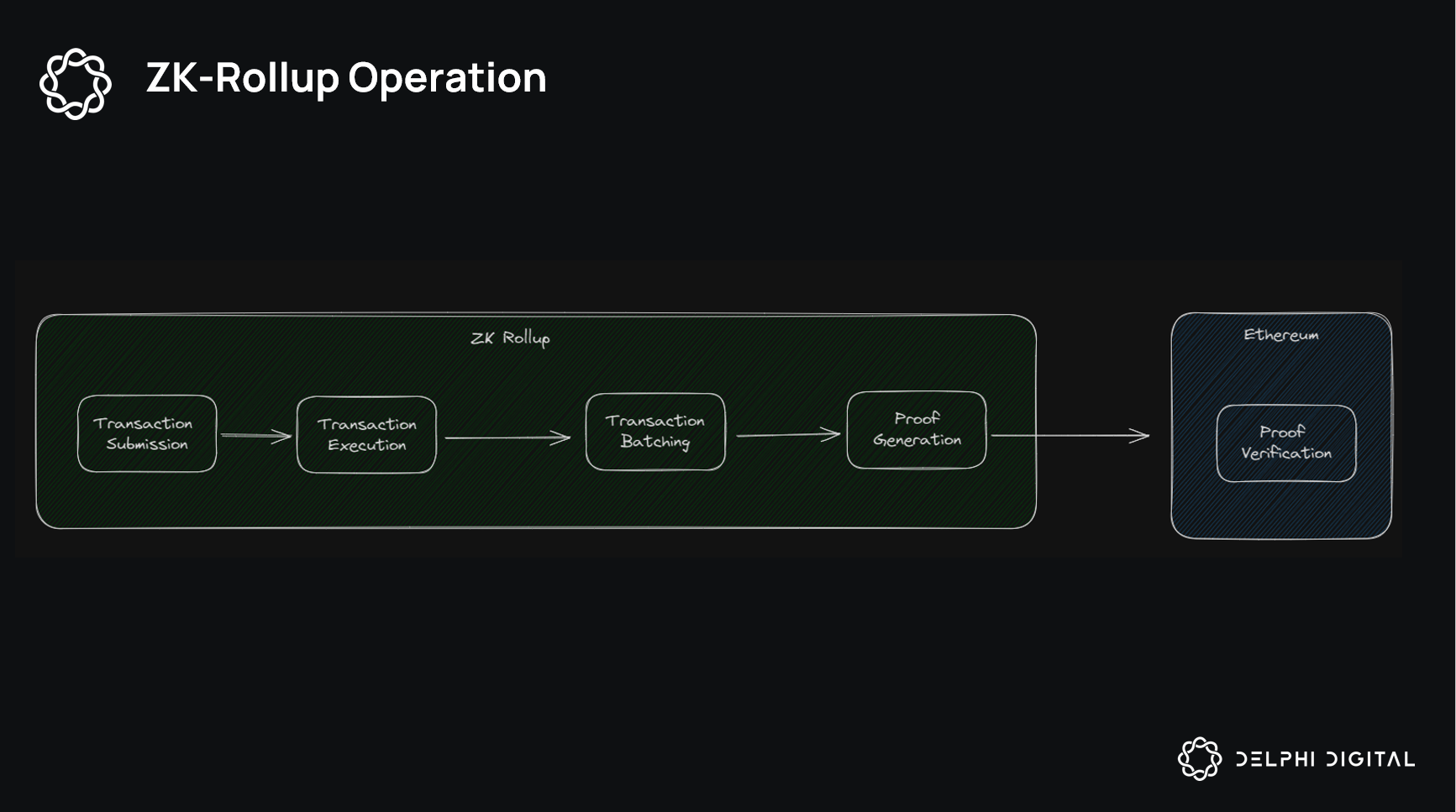
Institutional partners are taking notice as well. With RON holding at $0.3473, the network demonstrates resilience amid market fluctuations and technical milestones. This price point reflects a market that recognizes both the immediate improvements, like 100,200 millisecond block times, and the long-term potential as Ronin cements its place within Ethereum’s Superchain vision.
Unlocking New Use Cases and Capital Efficiency
The move to Optimism’s OP Stack doesn’t just benefit gaming; it unlocks a spectrum of use cases previously limited by cost or congestion. DeFi protocols can now offer instant settlement and composability with Ethereum-native assets. NFT platforms gain confidence to host mega-mint events without risking failed transactions or spiking fees. And for DAOs and on-chain communities, governance actions become faster and more inclusive.
Capital efficiency is another major win. Boundless, one of OP Stack’s signature features, allows projects to optimize gas spending dynamically, crucial for user acquisition in competitive Web3 verticals. Developers can now build experiences where microtransactions are viable, onboarding millions without friction.
What Comes Next: Roadmap to Q1-Q2 2026
The migration isn’t just a technical finish line, it’s a foundation for exponential growth. As Ronin completes its transition by Q1-Q2 2026, expect:
- Cross-Layer Liquidity: Seamless asset movement between Ronin L2 and other Ethereum L2s via Superchain interoperability
- Accelerated Game Launches: Studios leveraging sub-second finality and low fees to deploy ambitious multiplayer titles
- Ecosystem Expansion: More DeFi protocols, NFT marketplaces, and DAO tooling integrating natively on Ronin Layer 2
This is not theoretical, the groundwork is already visible as leading studios and protocols announce integrations or migrations to Ronin L2.
Dive deeper into how this supercharges Web3 gaming scalability here.
The Competitive Edge in Blockchain Scalability
Ronin’s adoption of Optimism’s OP Stack sets a new benchmark for blockchain transaction speed in 2025, and beyond. The combination of sub-second finality, massive throughput (up to 1 million TPS), capital-efficient design, and deep Ethereum interoperability gives builders an edge that legacy chains simply can’t match.
If you’re developing in Web3, or investing in its next wave, Ronin Layer 2 represents an inflection point worth watching closely. The network isn’t just scaling; it’s redefining what scalable means for decentralized applications.
Get the technical guide on how Ronin L2 achieves up to 1M TPS here.
